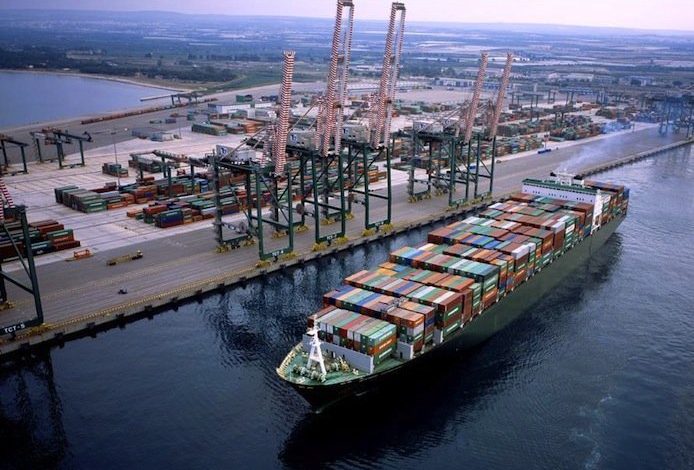Shippers bamboozled by growing disparity between liner shipping’s five index providers

Shippers frantically trying to book container shipments are faced with yet another hurdle in this most tricky of years for those involved in sea logistics, namely arriving at a correct price for a spot shipment.
Container shipping is hampered by having five providers of spot box information, and as the sector has soared to ever higher record territory the disparity in prices from the index providers has widened, adding to the confusion in the supply chain sector.
Analysis carried below by Vespucci Maritime shows the variance between the five indices, the Shanghai Containerized Freight Index (SCFI), Drewry’s World Container Index (WCI), the Freightos Baltic Index (FBX) and the Xeneta Shipping Index (XSI) and Platts.
Assessments from August 6 in USD/FFE:
Asia-N.Europe:
SCFI: 14,836
WCI: 13,653
FBX: 13,819
XSI: 13,663
Platts: 17,000
Additionally it appears that individual shipments have seen as much as 28,000 USD/FFE
Asia-USWC:
SCFI: 5,555
WCI: 10,322
FBX: 18,555
XSI: 6,758
Platts: 7,900
Additionally it appears that individual shipments have exceeded 20,000 USD/FFE
Discussing this increasing gap, Lars Jensen, CEO of Vespucci Maritime, a Danish liner consultancy, explained via LinkedIn that the different index providers measure different things.
“They do not include the same customer mix, they do not include the same mix of surcharges, they do not include the same definition or inclusions of spot versus short-term contract. This is also to say that just because the indices diverge, it does not mean that one is ‘correct’ and the others are ‘wrong’,” Jensen explained.
The onus is on the shipper to understand which index most closely resembles their own business mix, Jensen advised.
As data providers have had to grapple with the skyrocketing rates, some indices have been found to be less than perfect. For instance, on July 28, Freightos and the Baltic Exchange, who administer the FBX, admitted that some outlier data is now being excluded in order to more accurately reflect market conditions. This resulted in a significant one-time adjustment that removed outliers and substantially increased rates on China/ East Asia-US FBX lanes, which now account for the premium surcharges required for bookings.

None of the indexes are right or wrong (unlike some consultants, who are always right until they are wrong). Indexes should not be taken literally as a snapshot at a point in time, but rather they should be viewed as a trend of what has gone before, to be used as an indication to where things may be heading in the future.
There are too many variables in shipping for five indexes to sing in unison but they probably all have the same movements and direction. Besides, if all five were telling the same story, there probably wouldn’t even be five indexes.
Agree with Martyn, but I’d still prefer the index that’s closer to the all-in price that represents the market.
No doubt some will realise the foolishness of playing a liner trade spot market in the when JIT delivery is required.